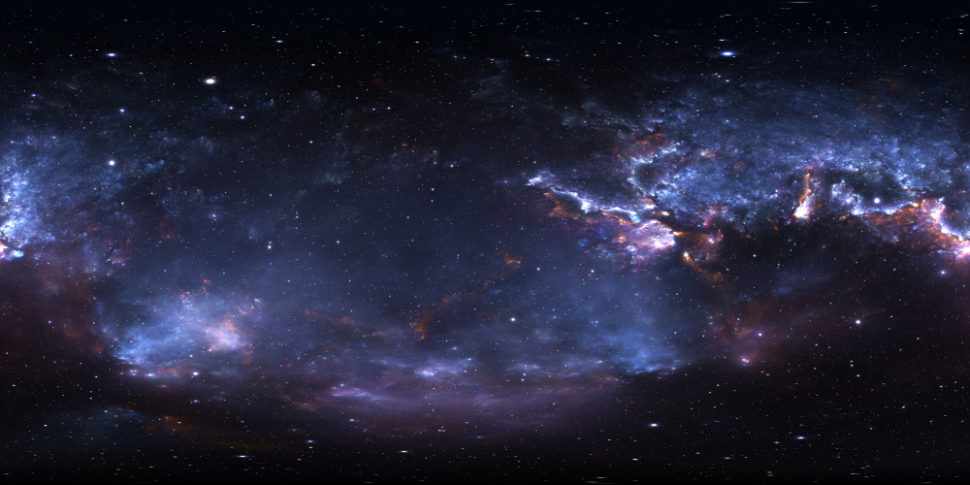A team of researchers from NASA’s Goddard Space Flight Centre recently discovered evidence of buckyballs in the gaseous space between stars called the interstellar medium.
Scientifically known as Buckminsterfullerene (C ), buckyballs are large molecules composed of 60 carbon atoms organized in a manner that resembles a soccer ball.
), buckyballs are large molecules composed of 60 carbon atoms organized in a manner that resembles a soccer ball.
Previous findings revealed that the largest molecule ever detected within the diffuse environment of the interstellar medium only contained no more than three atoms than hydrogen.
The detection of buckyballs uncovered a surprising increase in the size of molecules in this part of space. Martin Cordiner, the lead researcher of the study and an astrochemist at NASA’s Goddard Space Flight Centre, said:
“Our discovery of ionized C60 shows just how complex astrochemistry can get, even in the lowest density, most strongly ultraviolet-irradiated environments in the galaxy.”
Buckyballs in Interstellar Medium
The interstellar medium is highly diffuse, making it difficult for astronomers to study it directly. But, by separating the starlight that passes through the medium using a spectrograph, astronomers can determine the light signatures of elements.
Back in 2010, buckyballs were detected in a nebula. Then, they were also found in a gas cloud orbiting a star. However, finding evidence of the buckyballs’ existence in the diffuse gaseous space in between stars comes as a surprise to the NASA researchers.
For their study, Cordiner and his team used the Hubble Space Telescope to observe eleven stars. They were able to gather the exceptionally high signal-to-noise spectra of seven stars that were reddened by the interstellar medium.
The team then analyzed the spectra at four different wavelengths related to buckyballs.
Three out of the four wavelengths were detected in the reddened stars. The signals were reportedly reliable and were consistent with the measurements made in 2018.
In their paper published in The Astrophysical Journal Letters, the team wrote:
“The confirmation of interstellar [buckminsterfullerene] represents a breakthrough in our understanding of chemical complexity in the diffuse interstellar medium [..] bringing a new understanding of the types of molecules that may be responsible for the remaining (unidentified) diffuse interstellar bands.”



















Comments (0)
Least Recent